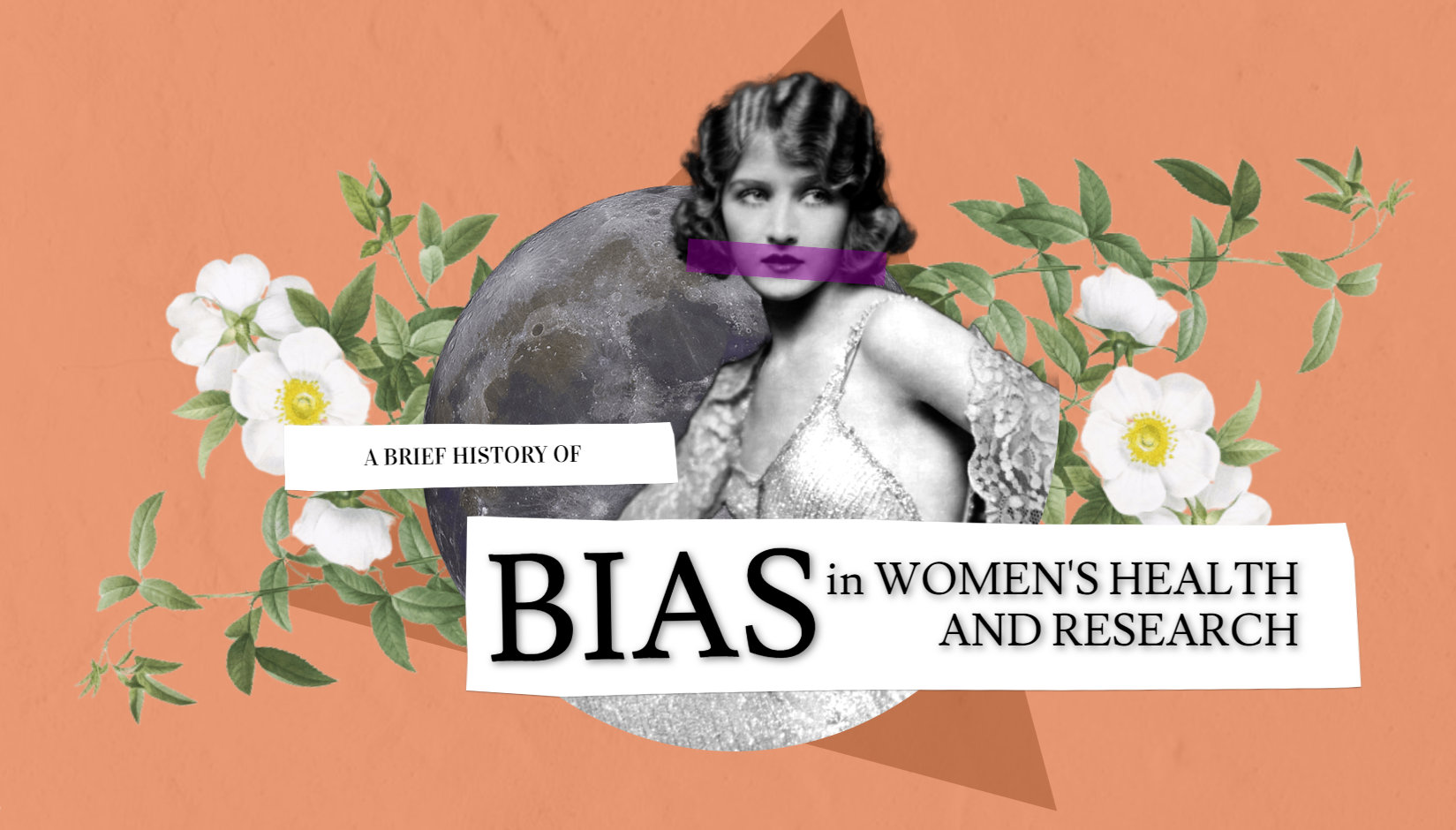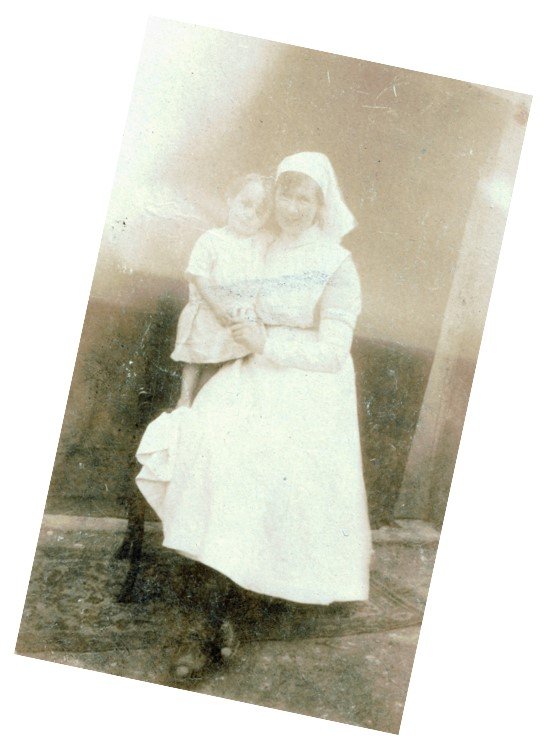
Women in Medicine: Unraveling the Legacy of RCSI and the Rotunda Hospital
BIAS in women’s health- A quick overview
Bartolomew Mosse and the Medical Women of the Rotunda
Head Librarian at the Rotunda Hospital, Anne O'Byrne takes us back in time to look at Dr Bartholomew Mosse, the founder of the Rotunda Hospital and five remarkable women who helped make it the exceptional hospital it is today.
Mary O’Shea
Twenty two year old Mary McDonald (O’Shea) was doing her midwifery training in the Rotunda Lying in Hospital at Easter 1916. Step into History as she immortalises the vicissitudes of that day.
Anne O'Byrne is the Head Librarian, Rotunda Hospital, Dublin. Anne’s role as Head Librarian and Library Manager is to strategically plan and deliver Library and Information Services to support the Hospital’s Mission Statement.
Anne is a member of the Library Association of Ireland (LAI), Health Science Libraries Group (HSLG), and is a former Irish Council Representative to the European Association of Health Information and Libraries (EAHIL).
As a professional Librarian, Anne see’s the role of librarians in partnership with lecturers, teachers and students in advancing learning and knowledge. Anne’ s role as Archivist within the Rotunda enhances the history of the Rotunda Hospital as the first purpose built Maternity Hospital in the World.
Dorothy Stopford Price
Dr. Anne Mac Lellan Reveals the Obstacles Faced by Women in Science and Celebrates the Trailblazing Figures Who Defied the Odds.
Anne Mac Lellan is Senior medical scientist in Connolly Hospital and part-time lecturer in NCAD. She is the co-editor of Growing Pains: Childhood Illness in Ireland 1750-1950 (2013).
Women on Walls
Women on Walls is a campaign that seeks to make women leaders visible through a series of commissioned portraits. RCSI in partnership with Accenture announced an Open Call to Artists to commission a series of new portraits for the Board Room located in the RCSI’s historic building on St. Stephen’s Green.
These portraits recognise the pioneering achievements of eight extraordinary women and enhance the visibility of historical female leaders in healthcare.
Women on Walls at RCSI was made possible with the support from Accenture, the RCSI Heritage Library Collections Team and the Equality, Diversity and Inclusion Unit. Learn more about Women on Walls here.
Julia Morrow is Research & Policy Officer in RCSI's Equality, Diversity and Inclusion Unit. Julia is passionate about ensuring that we can all work and learn in an environment which is defined by dignity and respect, and that everyone is treated fairly regardless of ability, age, civil status, family status, gender, membership of the Traveller community, race, religion, sexual orientation or socio-economic status.
During 2018 and 2019, Julia was a key member of the team who delivered RCSI's landmark Women on Walls at RCSI campaign in partnership with Accenture and Business to Arts. Julia continues to support the campaign and the implementation of RCSI's EDI Strategy with a particular focus on research and data to inform policy and strategy implementation. Twitter: @RCSI_Equality @juliamorrow_ IG: @RCSI_EDI
History of Women’s Health
Dr Laura Kelly delves into historical perceptions and equality struggles in Irish healthcare. Join the Journey as She Sheds Light on Transformative Moments and the Quest for Equal Care.
Dr Laura Kelly is a historian of modern Ireland with expertise in gender history, oral history and the social history of medicine
The ‘Rest cure’ was a 19th century treatment for a number of mental health conditions, collectively termed as ‘Hysteria’ back then, and prescribed almost exclusively for women of privileged backgrounds who had the means to avail of the latest treatments available. These women would have, usually, exhibited signs of anxiety, irritability, insomnia, indigestion and even behaviours deemed to be embarrassing or unusual by the society. Pioneered by Silas Weir Mitchell, an American Neurologist, this treatment was the life of the writer and reformer, Charlotte Perkins Gilman, for 3 months after having suffered from mental illness. In her short story called ‘The Yellow Wallpaper’ she described a semi-fictional account of a woman who upon undergoing the cure, is driven to madness. Click on the interactive bubbles on this image to find out more about how a woman of means would have been treated in 1850s-1950s.






